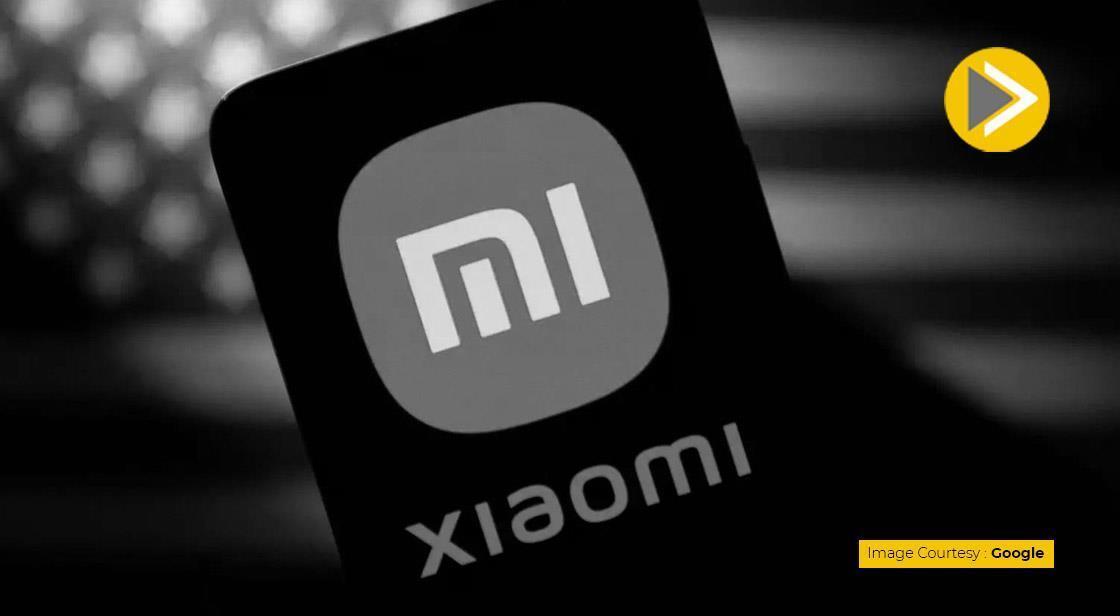Xiaomi Plans $7 Billion Investment to Develop In-House Chips This Decade

News Synopsis
Xiaomi Corp. has announced plans to invest at least 50 billion yuan (approximately $6.9 billion) over the next decade to develop its own mobile processors. This ambitious move is aimed at enhancing its independence in semiconductor technology, a strategic area increasingly prioritized by global tech giants.
According to Xiaomi’s co-founder and CEO Lei Jun, the company decided on this long-term initiative back in 2021. The investment is part of Xiaomi's broader strategy to become a major player in hardware and chip development—an area Lei describes as a "hard battle we cannot escape" if Xiaomi wants to grow into a truly "great hard tech company."
Xiaomi to Unveil First In-House Chip: Xring O1
Xiaomi is set to officially unveil its first self-designed mobile processor, named Xring O1, on May 22. Lei Jun revealed in a post on Weibo, China's equivalent to Twitter, that the Xring O1 is built using second-generation 3-nanometer (3nm) technology, a significant leap in performance and efficiency.
While Lei didn’t disclose the chip fabrication partner, the use of 3nm technology effectively rules out Semiconductor Manufacturing International Corp. (SMIC), China’s top foundry, which currently can only produce chips at the 7nm level due to U.S. export restrictions.
R&D Spending and Semiconductor Team Growth
Xiaomi’s chip journey hasn't just started. Over the last four years, the company has already spent more than 13.5 billion yuan on research and development. For 2025 alone, Xiaomi plans to invest an additional 6 billion yuan in R&D.
The company’s in-house semiconductor team has grown significantly and now includes over 2,500 professionals. This reinforces Xiaomi’s commitment to not only hardware manufacturing but also to mastering the chip design process that is critical for future competitiveness.
Reducing Dependence on Qualcomm and MediaTek
Until now, Xiaomi has relied primarily on Qualcomm Inc. and MediaTek Inc. for mobile processors in its smartphones. However, the introduction of the Xring chip series signals a shift toward self-reliance, mirroring the approach taken by Apple Inc., which designs its own chips to tightly integrate hardware and software for better performance and efficiency.
Apple has successfully applied this model across its devices, including iPhones and Macs. Xiaomi seems to be heading in a similar direction, hoping to gain a competitive edge by optimizing performance, security, and power consumption through in-house chip design.
Xiaomi's Edge Over Huawei Amid 3nm Breakthrough
The launch of the 3nm Xring O1 may give Xiaomi a significant advantage over domestic rival Huawei, which is currently limited to using 7nm chips due to its chipmaker SMIC being unable to produce more advanced semiconductors.
While Huawei has made strides in chip innovation despite U.S. sanctions, Xiaomi’s access to advanced 3nm manufacturing could offer superior performance, helping it to capture more market share in China and potentially overseas.
Aligning With China’s Tech Sovereignty Vision
Xiaomi’s investment in chip development aligns with Chinese President Xi Jinping’s national goal of achieving self-sufficiency and leadership in critical technologies, especially semiconductors. The country has been under pressure to reduce its dependence on foreign chipmakers, especially amid ongoing tech tensions with the United States.
By committing billions into advanced chip development, Xiaomi positions itself not only as a smartphone and electronics brand but also as a national champion in China’s semiconductor push.
Beyond Smartphones: Challenges in EV Expansion
While Xiaomi focuses on chips, it is also expanding beyond its core smartphone business. The company recently entered the electric vehicle (EV) market with the launch of its SU7 sedan. However, this new venture has faced a major setback after a fatal highway accident involving one of its vehicles earlier this year.
Despite this challenge, Xiaomi continues to push forward on multiple fronts—chips, smartphones, and EVs—in a bid to diversify revenue and secure its future as a global tech powerhouse.
You May Like









